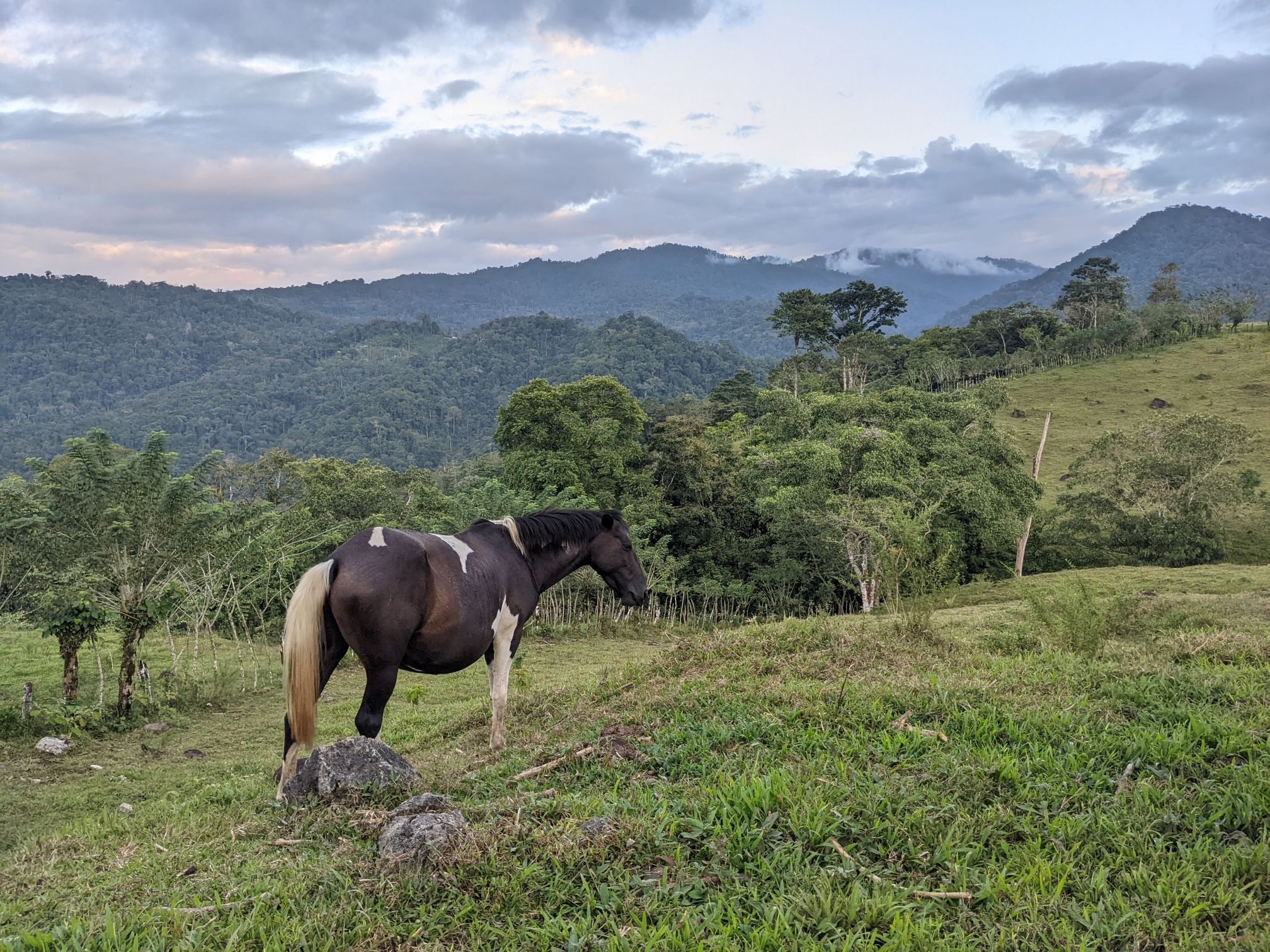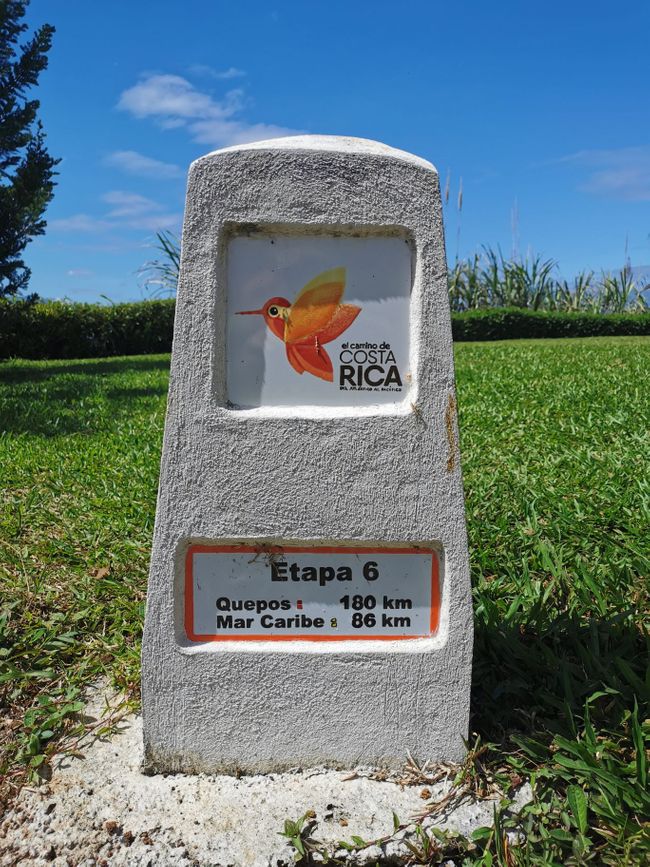Second day in Havana: Family visits / Back to the roots
已發表: 30.03.2019
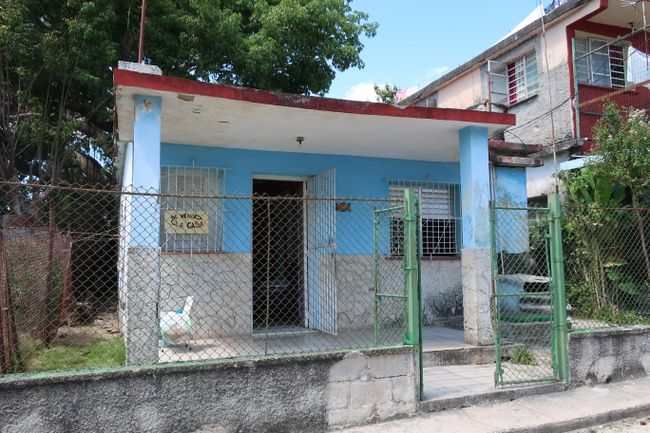
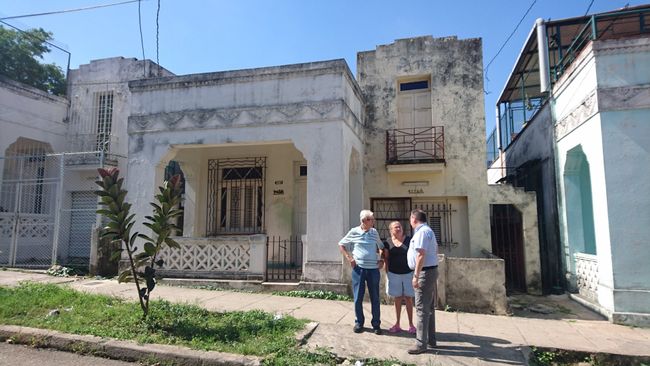
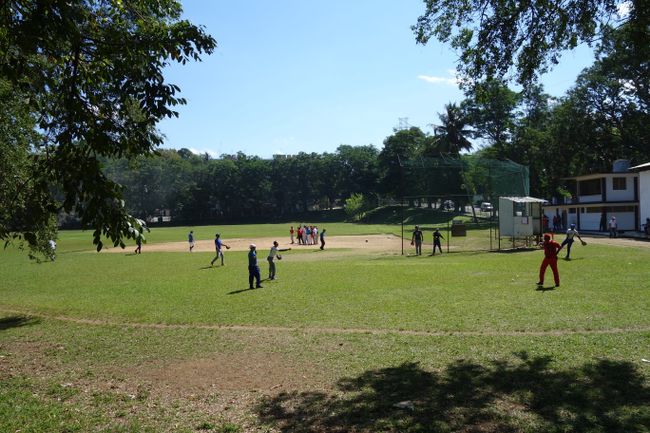
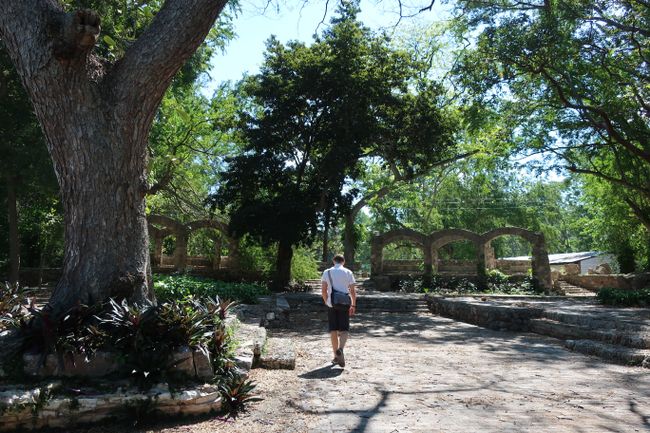
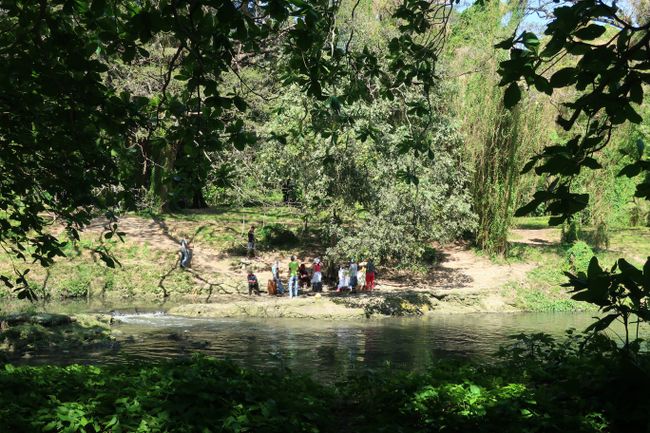
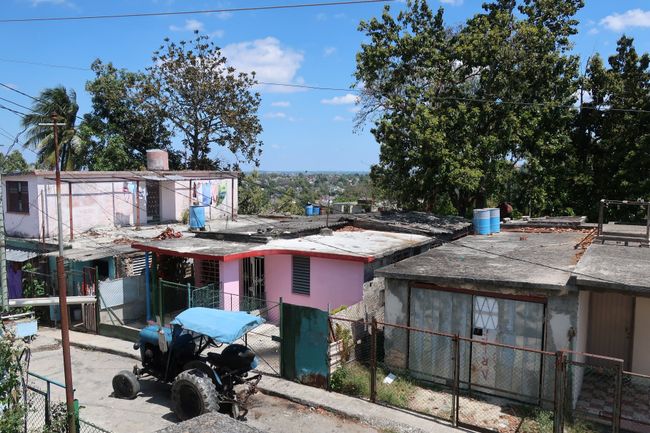
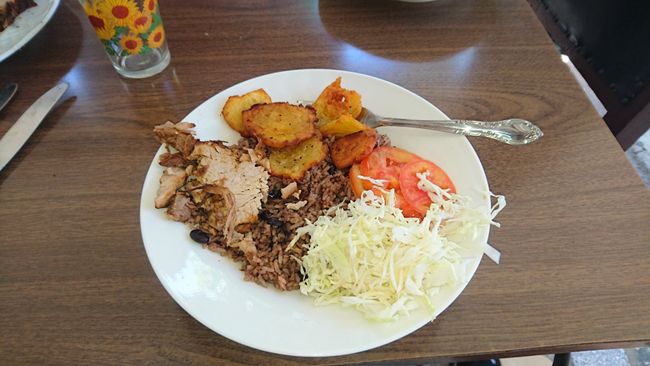
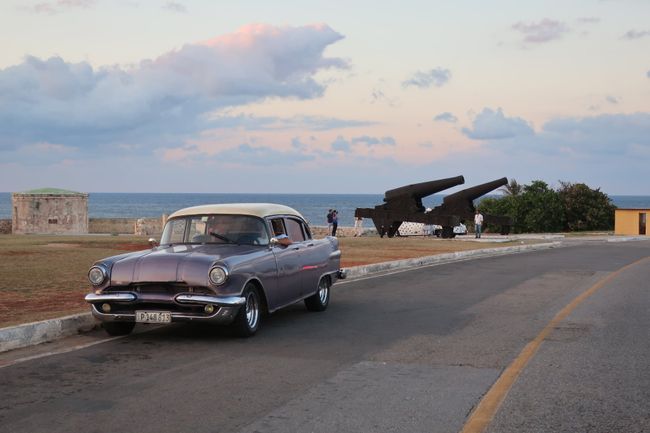
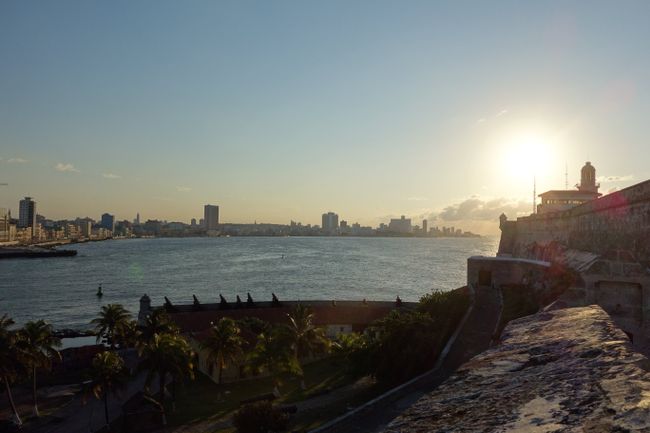
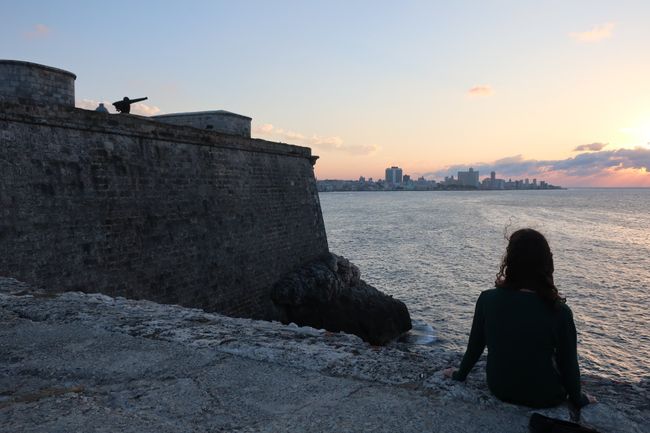
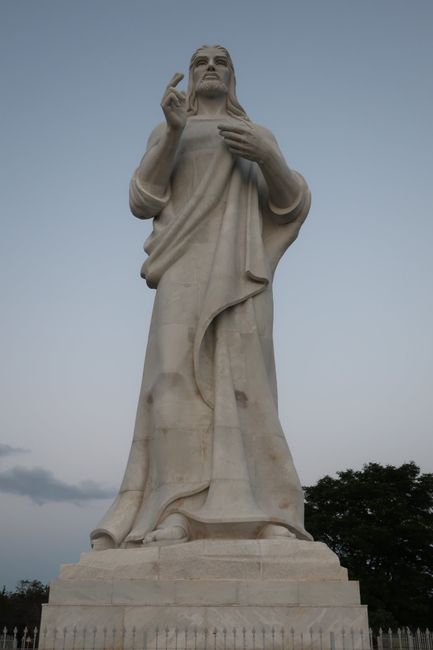
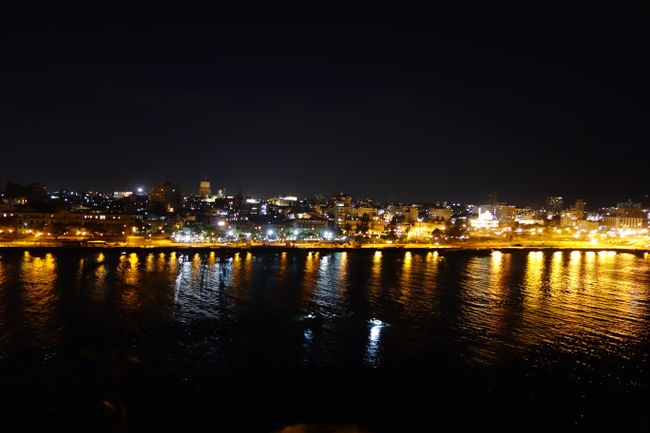
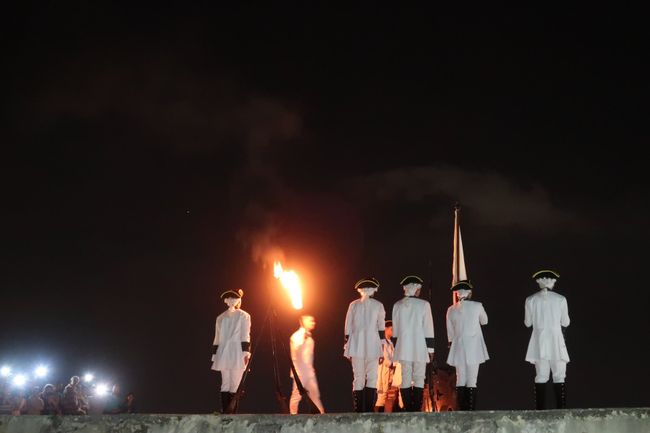
訂閱時事通訊
The first surprise in the morning: there was no water. After taking a cold shower the previous day, today we could only do a quick wash with water from bottles and a little bit from the shower tank. After speaking to the landlord, he switched to a different tank and mentioned that the café on the ground floor sometimes uses up so much water that the normal tank is not enough. He also explained again how to get hot water. Either way, we decided to start showering in the evenings from now on.
Since we had some time after breakfast (Pan con Lechón and Jugo de Tamarindo) until the next activity, we made a little detour to a beautiful park on the Almendares River. It used to be a quiet place and almost a hidden gem for visitors in Havana. But when we arrived, we realized that the park had been discovered by tourists and there were a lot of classic cars with tourists stopping there on their sightseeing tour. Nevertheless, we walked along the mighty trees covered with climbing plants and even witnessed a Santeria ceremony with drums and chants on the opposite side of the river. Santeria is an African religion or cult that was brought to Cuba during slavery times and is still practiced today. At the starting point, we briefly watched a baseball game (Cuba's national sport) being played on a baseball field.
Afterwards, we went to our first family visit. We went to the brother of my grandma, whom my dad hadn't seen in a long time either. The house used to be where my paternal grandparents lived, so it brings back a lot of childhood memories for my dad, which he always tells us about. Since we didn't have a phone number, we couldn't announce our visit in advance, so it was a surprise visit. My uncle and his wife were very happy to see us and offered us the first of many Cuban coffees that we would have in the coming days as a sign of hospitality. These coffees are small, strong, and very sweet. And since Chris always had to drink some of mine as well, he was definitely double awake that day. We exchanged some news, looked at pictures, and tried to complete our family tree with names, birthdates, and death dates. This was also a small mission of our visit to Cuba, to search for our own roots.
Afterwards, we drove to my grandfather's house in Páraga, where my father grew up and where my parents lived with my brother and five other family members in the 80s. Now, the house is occupied by my aunt's husband (who is in Miami) and his mother. It was a bit strange to visit the house without my grandfather being there, and somehow it seemed much smaller than I remembered from my childhood. We strolled through the rooms and the courtyard, and I could almost see my grandfather sitting in the rocking chair, reading the newspaper. From the rooftop, you have a good view of the whole Páraga and the center of Havana, as the neighborhood is located on a hill. Unfortunately, many of the trees that we knew from before were no longer there, as they were damaged by several heavy storms.
Then we continued with my uncle to visit my dad's cousin and his wife, who invited us for lunch. The reception was very warm, and there was a bottle of Guarapo (sugar cane juice) waiting for us, which made me very excited because I was afraid it might be the wrong time for it. We were also spoiled with fresh Guayaba juice, which was so sweet and delicious that Chris and my dad couldn't get enough of it. Before the meal, we gave my uncle a small gift: a set of woodturning tools that my brother had arranged, knowing that he does a lot of woodworking. He was thrilled and kept emphasizing how great the gift was. He showed us his small workshop. We saw that necessity is the mother of invention, as he built many tools and even a whole workbench with a circular saw himself. Then the food was served: pork with Congrí and fried Boniato (sweet potato), and for dessert, Flan (a caramel pudding). My two uncles did everything to help us and make us feel comfortable. They even got us a SIM card for our mobile phone, so we can make phone calls here and actually have (most of the time) internet. When we mentioned that we still didn't have accommodation for the end of our trip because the overnight bus back to Havana turned into a day trip, they immediately offered us to stay at their place. We sat comfortably on the beautiful veranda with many blooming exotic plants for a while before we continued to visit a cousin of my dad, following the usual routine: drinking coffee, looking at photos, exchanging news, completing the family tree. Chris always stands out as the tall German, and when we mention that we speak a little bit of Spanish, they start talking to us rapidly, but that's probably the best practice.
After all the family visits, we still wanted to see a bit of Havana in the early evening, so we drove to el Morro: a fortress with defensive walls and a lighthouse on the coast. Since the sun was already setting, there was a special light, and we could enjoy a beautiful view of Havana and the Malecon.
But since we didn't only want to visit familiar places but also wanted my dad to see a new side of Havana, we drove a bit further along the bay to the older fortress of la Cabaña. In front of it is a large statue of Christ, similar to the one in Rio. Again, we had a nice view of the now illuminated Havana. I heard the guide of a tour telling the tourists that this is a very Cuban Christ because it looks like he is holding a cigar in one hand and a mojito glass in the other. Finally, we watched the Cañonazo de las nueve, a ceremony that takes place every evening at nine o'clock in the fortress. This used to signal that all gates of Havana should be closed so that no one can enter or leave. The men wear Spanish uniforms from colonial times, and at the end, a cannon is lit and fired. We already knew this cannon shot, as you can hear it every evening at nine in Havana, but now my dad could see the whole ceremony for the first time.
訂閱時事通訊
回答 (2)
Juliane
Das sind viele Familienbesuche, die ihr gemacht und viele Kaffees, die Chris getrunken hat. Bald sprecht ihr perfekt Spanisch. :) Karin
Desde Parraga hasta el canonazo, das war ja ein Tag randvoll mit schönen Eindrücken. Genießt es!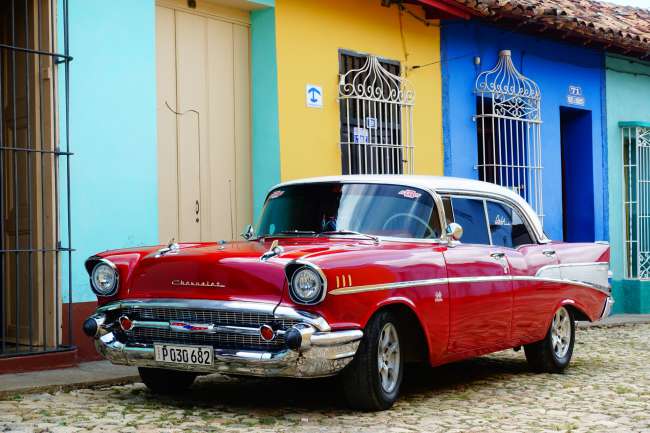
旅遊報告古巴
